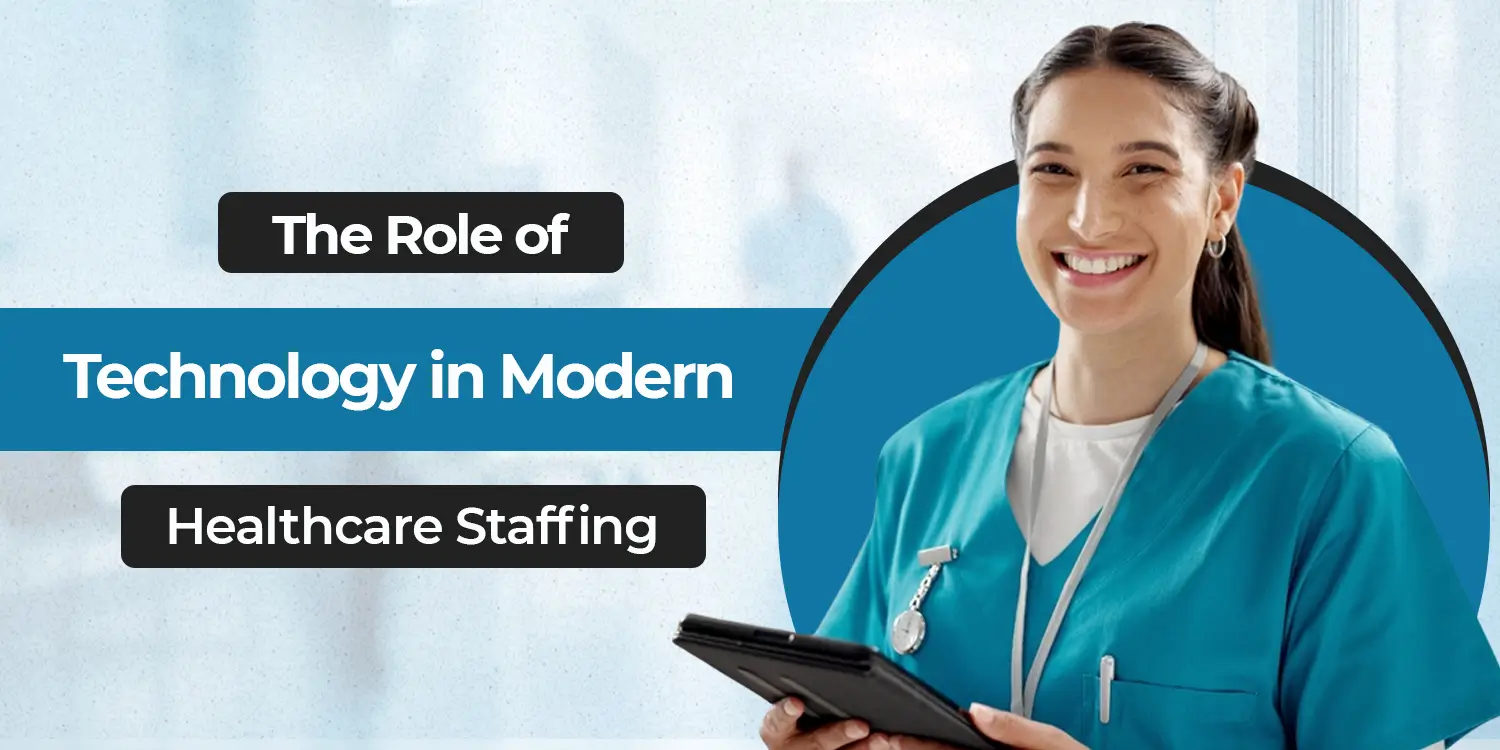In the fast-paced world of medicine, matching the right professionals to the right positions isn’t just a matter of efficiency it can be a matter of life and death. That’s why healthcare staffing technology has become more than just a convenience; it’s now a critical part of how hospitals, clinics, and care facilities operate.
Today, platforms like those offered by JR Enterprise are transforming the way medical staff are recruited, onboarded, and managed. From AI-driven candidate matching to remote hiring capabilities, modern tools are rewriting the playbook for modern healthcare staffing.
Why Technology Is Reshaping Healthcare Staffing
In the past, staffing managers relied heavily on spreadsheets, endless phone calls, and old-fashioned job boards. That approach worked but it was painfully slow and error-prone. Enter healthcare staffing technology, which merges automation, data analytics, and cloud-based systems to streamline every step of the hiring process.
For instance, with real-time scheduling systems, a nurse can be reassigned instantly to cover an emergency shift without dozens of calls back and forth. Similarly, integrated applicant tracking systems ensure that qualified candidates don’t slip through the cracks.
The Power of Healthcare Hiring Automation
Healthcare hiring automation is perhaps the most significant leap forward. By automating repetitive and time-consuming tasks like resume screening, credential verification, and background checks staffing managers can focus on the human side of recruitment.
Imagine a hospital needing three ICU nurses by next week. With automation, the system can instantly filter hundreds of applicants, verify their certifications, and even predict their likelihood of accepting the role based on historical patterns. This level of efficiency means fewer staffing gaps and better patient care.
At JR Enterprise, we’ve seen automation reduce time-to-hire by up to 60%, ensuring critical roles are filled before they impact patient safety.
Remote Healthcare Staffing: Breaking Geographic Barriers
Another innovation changing the game is remote healthcare staffing. While not every medical position can be remote, telehealth services, virtual consultations, and digital patient monitoring have opened up new possibilities.
For example, a specialist in one state can now provide consultations to patients hundreds of miles away without either party traveling. This not only broadens the talent pool for employers but also improves access to care for patients in rural or underserved areas.
By integrating remote work capabilities into healthcare staffing technology, JR Enterprise empowers healthcare organizations to connect with top talentno matter where they are located.
Staffing Software for Hospitals: The Central Command Center
The backbone of modern healthcare staffing is often a robust staffing software for hospitals. These platforms act like a central control tower, offering a single dashboard for:
- Tracking staff schedules
- Monitoring certifications and training compliance
- Forecasting staffing needs based on patient volume trends
- Managing payroll and benefits
This consolidation eliminates the chaos of juggling multiple tools and systems. Instead, HR teams, administrators, and department heads can all work from the same source of truth leading to fewer miscommunications and costly errors.
Real-World Impact of Healthcare Staffing Technology
The impact of these technologies isn’t theoretical it’s tangible. Hospitals that adopt advanced staffing tools often see:
- Reduced overtime costs thanks to better shift allocation
- Lower turnover rates because the hiring process is smoother and faster
- Improved patient outcomes due to having the right staff in place at the right time
Take, for example, a mid-sized hospital that partnered with JR Enterprise to implement a fully integrated staffing solution. Within six months, they reported a 25% drop in staffing shortages and a noticeable improvement in patient satisfaction scores.
Overcoming Challenges in Adoption
Of course, implementing healthcare staffing technology isn’t without hurdles. Some organizations face resistance from staff who are used to traditional methods. Others may struggle with integrating new software into their existing systems.
The key is to approach adoption gradually. Start with one or two high-impact features, like automated scheduling or credential tracking, and expand from there. Providing thorough training and demonstrating quick wins can also help build trust and enthusiasm.
The Future of Modern Healthcare Staffing
Looking ahead, modern healthcare staffing will likely become even more data-driven and predictive. We can expect:
- AI-powered forecasting to anticipate staffing needs weeks in advance
- Blockchain credentialing for faster, tamper-proof verification
- Enhanced interoperability between staffing platforms and patient care systems
These innovations will continue to ensure that staffing managers aren’t just reacting to crises but proactively preparing for them.
Why JR Enterprise Leads in Healthcare Staffing Solutions
At JR Enterprise, we believe that technology should empower not replace the human touch in healthcare hiring. Our platforms combine the latest in healthcare hiring automation, remote capabilities, and staffing software for hospitals to create a seamless experience for both employers and candidates.
From sourcing top talent to managing complex schedules, our goal is to help healthcare providers focus less on staffing headaches and more on what truly matters delivering exceptional patient care.
Final Thoughts
Technology is no longer a “nice to have” in healthcare staffing it’s a necessity. By embracing healthcare staffing technology, hospitals and clinics can respond faster to staffing needs, attract better candidates, and ultimately provide higher quality care.
Whether it’s through automation, remote work capabilities, or advanced scheduling software, the future of modern healthcare staffing is bright and JR Enterprise is here to help light the way.


Leave A Comment